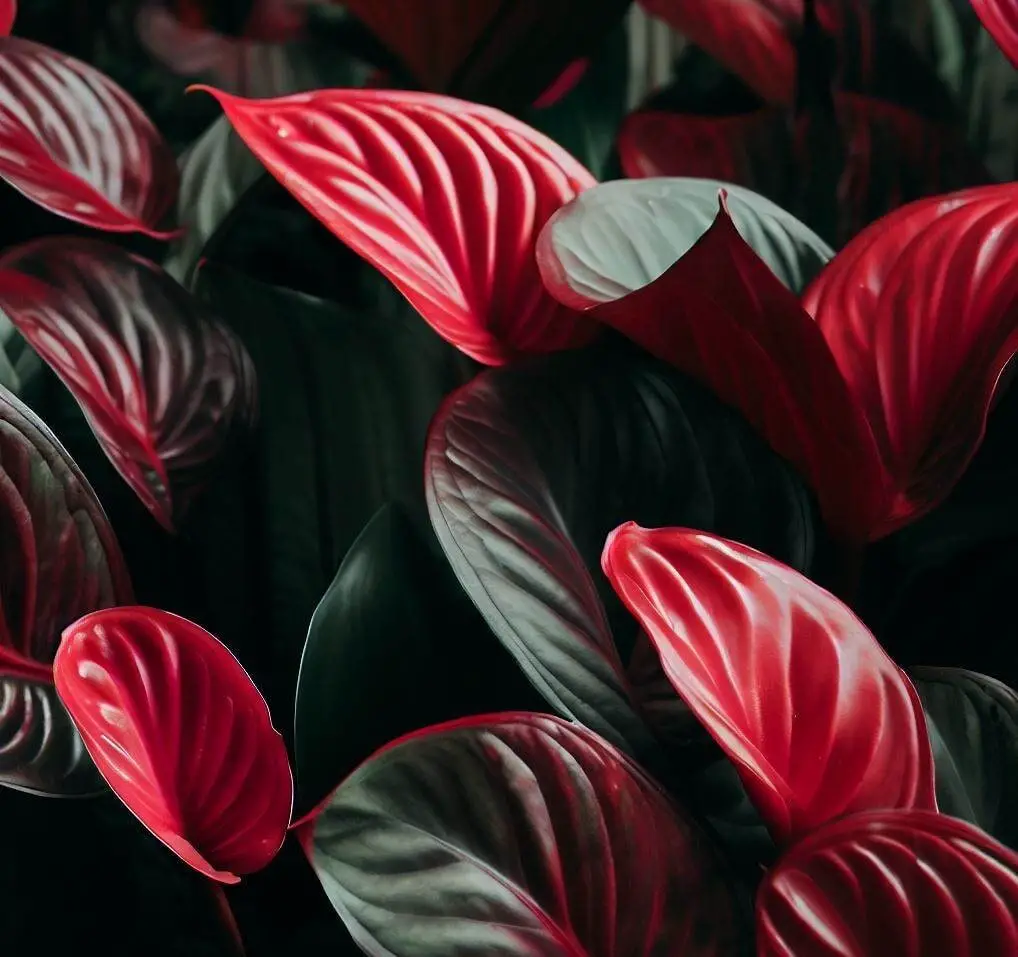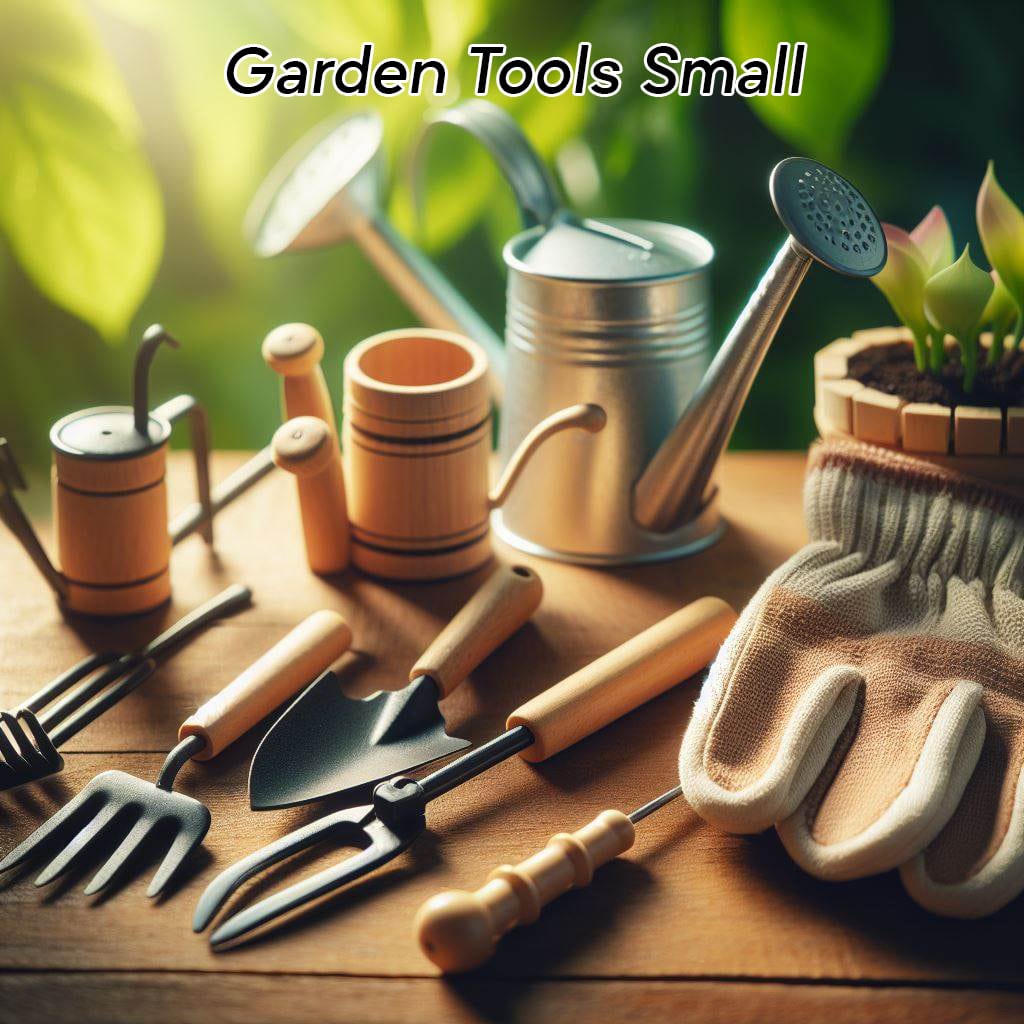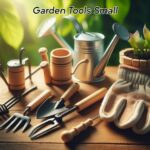Anthurium plants, also known as “flamingo flowers” or “laceleaf,” can have a relatively long lifespan with proper care. In optimal conditions, anthurium plants can live for several years and even decades. In this article, we want to discuss How long anthurium plants live?
Considering some reason about how long do anthurium plants live?
However, the lifespan of an anthurium plant can vary depending on factors like below:
Care and Maintenance
Providing the right care, including proper watering, humidity levels, and fertilization, can significantly impact the lifespan of an anthurium plant. Neglecting their care needs can lead to a shorter lifespan.
Light
Anthuriums prefer bright, indirect light. If they are exposed to too much direct sunlight or too little light, their growth and lifespan can be affected.
Temperature
Anthuriums thrive in warm, tropical temperatures. Sudden temperature drops or exposure to cold drafts can stress the plant and affect its health and longevity.
Pests and Diseases
Regularly inspecting your plant for pests and promptly addressing any infestations or diseases can help extend its lifespan.
Potting and Soil
Repotting the plant when it becomes root-bound and using a well-draining, high-quality potting mix can contribute to its longevity.
Genetics
Some varieties of anthurium may naturally have longer lifespans than others due to their genetic makeup.
In general, with proper care and attention to its needs, anthurium plants can live for many years. They are known for their stunning and long-lasting flowers, making them a popular choice for indoor ornamental plants.
What are anthurium plants?
Anthurium plants, commonly known as “flamingo flowers” or “laceleaf,” are tropical plants belonging to the Araceae family. They are native to the rainforests of Central and South America. These plants are characterized by their striking, heart-shaped flowers, which come in various colors including red, pink, white, and even green. The colorful “flower” is a modified leaf called a spathe, while the actual flowers are the small structures found on the spadix that emerges from the spathe.
Anthurium plants, when properly cared for, can have a relatively long lifespan. However, the actual lifespan can vary depending on factors such as the species of Anthurium, the care they receive, and their specific growing conditions. Here’s a general overview:
| Factor | Influence on Anthurium Lifespan |
|---|---|
| Species | Different species of Anthurium may have varying lifespans. Some may naturally live longer than others. |
| Care | Proper care greatly influences the lifespan. Providing the right light, humidity, water, and nutrients can extend the plant’s life. |
| Environment | A stable and suitable environment, free from extreme temperature fluctuations and drafts, can contribute to a longer lifespan. |
| Disease and Pest | Promptly addressing diseases and pests can prevent premature decline and extend the plant’s life. |
| Repotting | Repotting when the plant becomes root-bound can help rejuvenate the plant and extend its lifespan. |
| Natural Lifespan | Under optimal conditions, Anthurium plants can live for several years, often around 5-10 years or more. Some well-cared-for plants may even live longer, while others might have shorter lifespans due to various factors. |
Anthurium plants are popular as ornamental houseplants due to their unique and attractive flowers, as well as their glossy, dark green leaves. They thrive in warm, humid environments and are often chosen for their beauty and long-lasting blooms. Anthuriums can be grown indoors as potted plants or outdoors in tropical and subtropical climates. They require proper care including appropriate watering, light levels, and occasional fertilization to thrive and produce their iconic flowers.
What are the features of anthurium plants?
Anthurium plants are known for their unique and distinctive features, which make them popular choices for both indoor and outdoor ornamental plantings. Here are some key features of anthurium plants:
Striking Flowers
The most prominent feature of anthurium plants is their showy flowers. The “flower” is a brightly colored modified leaf called a spathe. The true flowers are the small structures on the spike-like spadix that emerges from the spathe. These flowers come in various colors such as red, pink, white, and even green, adding a splash of color to any space.
Glossy Leaves
Anthurium plants have glossy, dark green leaves that can be heart-shaped or elongated, depending on the species and variety. The leaves are often as attractive as the flowers, contributing to the plant’s overall aesthetic appeal.
Long-Lasting Blooms
The flowers of anthurium plants have a relatively long lifespan, often lasting several weeks or even months. This longevity adds to their desirability as decorative plants.
Tropical Origin
Anthuriums are native to tropical regions of Central and South America, and their appearance reflects their origin. They thrive in warm and humid environments, making them well-suited for indoor growing in temperate climates or outdoor cultivation in tropical and subtropical regions.
Air Purifying
Anthuriums are considered air-purifying plants. They can help improve indoor air quality by filtering out pollutants and toxins from the surrounding environment.
Low Maintenance
While anthuriums do require specific care, they are relatively low-maintenance compared to some other indoor plants. Regular watering, appropriate light levels, and occasional fertilization are the primary care requirements.
Variety
There is a wide variety of anthurium species and cultivars available, each with its unique characteristics. This diversity allows you to choose plants with different flower colors, leaf shapes, and sizes.
Indoor and Outdoor Use
Anthurium plants can be grown indoors as potted plants or outdoors in suitable climates. They can be used as focal points in interior décor or as additions to tropical gardens.
Symbolism
Anthuriums are often associated with love, hospitality, and warmth. In some cultures, they are given as gifts to express affection or good wishes.
Overall, the features of anthurium plants, including their vibrant flowers, glossy leaves, and adaptability to different environments, contribute to their popularity as decorative plants.

What conditions will affect anthurium plants?
Several conditions can significantly affect the growth, health, and overall well-being of anthurium plants. Proper care and attention to these conditions are crucial for ensuring that anthuriums thrive and produce their iconic flowers. Here are the key factors that can impact anthurium plants:
Light
Anthuriums prefer bright, indirect light. Too much direct sunlight can scorch their leaves, while too little light can lead to weak growth and a lack of flowering. Place them near a window with filtered sunlight or provide artificial grow lights if growing indoors.
Temperature
Anthuriums thrive in warm temperatures between 65-80°F (18-27°C). They are sensitive to cold drafts and sudden temperature drops, which can stress the plant and hinder its growth.
Humidity
These plants originate from tropical climates with high humidity. Maintaining a humid environment (ideally around 60-80%) is crucial. Use a humidifier or place the plant on a tray filled with water and pebbles to increase humidity levels.
Watering
Overwatering or underwatering can both be detrimental. Allow the top inch of the soil to dry out before watering, and then water thoroughly. Ensure proper drainage to prevent root rot.
Soil
Anthuriums thrive in a well-draining, airy potting mix. A mix of peat moss, perlite, and orchid bark is commonly recommended.
Fertilization
Regular fertilization during the growing season (spring and summer) is important. Use a balanced, water-soluble fertilizer diluted to half-strength. Avoid over-fertilizing, as it can lead to salt buildup in the soil.
Potting
Report anthuriums every 2-3 years or when they become root-bound. Choose a slightly larger pot to allow for growth.
Pests and Diseases
Keep an eye out for pests like aphids, mealybugs, and spider mites. Also, be vigilant against fungal diseases. Regularly inspect the plant and take prompt action if you notice any issues.
Air Circulation
Good air circulation helps prevent the development of fungal diseases and ensures healthy growth.
Pruning
Trim yellowing or dead leaves to promote new growth and maintain the plant’s appearance.
Toxicity
Keep anthuriums away from pets and children, as they contain calcium oxalate crystals that can irritate if ingested.
Variety-Specific Care
Different anthurium species and varieties may have specific care requirements. Research the specific needs of the type of anthurium you have.
By providing the right conditions and addressing these factors, you can help anthurium plants thrive and enjoy their stunning flowers for years to come.
What is the best food for anthurium plants to live?
Anthurium plants, like all plants, require nutrients to thrive. Choosing the right type of fertilizer and providing a balanced feeding regimen is essential for their growth and flowering. Here’s what you need to know about feeding anthurium plants:
Balanced Fertilizer
Anthuriums benefit from a balanced, water-soluble fertilizer with a balanced N-P-K ratio (Nitrogen, Phosphorus, Potassium). Look for a fertilizer with an N-P-K ratio of around 10-10-10 or similar.
Slow-Release Granular Fertilizer
You can also use slow-release granular fertilizers specially formulated for indoor plants. These release nutrients gradually over time, reducing the risk of over-fertilization.
Frequency
During the growing season (spring and summer), feed your anthurium every 6-8 weeks. Reduce feeding frequency during the fall and winter when the plant’s growth slows down.
Dilution
Always dilute the fertilizer according to the manufacturer’s instructions. Using full-strength fertilizer can lead to salt buildup in the soil, which can harm the plant.
Watering
Water the plant thoroughly after applying fertilizer to help distribute the nutrients evenly and prevent potential root burn.
Micro-Nutrients
Anthuriums benefit from micro-nutrients like magnesium, iron, and calcium. Some fertilizers include these trace elements. If not, you can occasionally use a balanced micronutrient supplement.
Organic Options
Organic fertilizers can also be used, but make sure they are specifically formulated for indoor plants. Fish emulsion, seaweed extracts, and compost tea are examples of organic options.
Avoid Over-Fertilizing
Over-fertilizing can damage the plant’s roots and lead to excessive growth without flowering. Always follow the recommended dosage.
Remember that the needs of anthurium plants can vary based on factors like the type of potting mix, light levels, and the overall health of the plant. Regularly observe the condition of your anthurium and adjust your feeding regimen as needed. Providing appropriate care, including proper watering, humidity, and other factors, is equally important in ensuring your anthurium’s overall health and longevity.

What are the bad conditions for anthurium plants?
Several unfavorable conditions can negatively impact the health and well-being of anthurium plants. Being aware of these bad conditions and avoiding them is crucial for maintaining the vitality and longevity of your anthurium. Here are some conditions to avoid:
Direct Sunlight
Exposing anthuriums to too much direct sunlight can lead to scorched leaves and reduced growth. They prefer bright, indirect light.
Cold Temperatures
Anthuriums are tropical plants and are sensitive to cold temperatures. Avoid placing them in drafty areas or subjecting them to sudden temperature drops, as this can stress the plant.
Overwatering
An anthurium’s roots can easily rot if left in soggy soil. Allow the top inch of the soil to dry out before watering, and ensure the pot has proper drainage.
Underwatering
On the other hand, consistently underwatering anthuriums can lead to dehydration, wilting, and poor growth.
Low Humidity
Insufficient humidity can cause the edges of anthurium leaves to brown and curl. Maintain a humid environment, especially if you’re growing them indoors.
Poor Drainage
Planting anthuriums in pots without proper drainage can lead to waterlogged roots, which is detrimental to their health.
Overcrowding
Placing multiple anthuriums in the same pot or planting them too close together can lead to competition for resources and hinder their growth.
Improper Pot Size
Choosing a pot that is too large for the plant can result in excess soil that retains moisture, increasing the risk of root rot.
Ignoring Pests
Pests like aphids, mealybugs, and spider mites can infest anthuriums. Regularly inspect your plants and take action promptly if you notice any signs of pests.
Ignoring Diseases
Fungal diseases can affect anthuriums, particularly if the plants are kept in humid conditions. Treat any signs of disease promptly to prevent its spread.
Inadequate Air Circulation
Poor air circulation can lead to the development of mold, mildew, and fungal issues. Ensure that your plant is placed in an area with adequate ventilation.
Neglecting Pruning
Not removing yellowing or dead leaves can create a breeding ground for pests and diseases and detract from the plant’s appearance.
Overfertilizing
Excessive fertilization can lead to salt buildup in the soil, causing damage to the plant’s roots.
By avoiding these unfavorable conditions and providing appropriate care, you can help your anthuriums thrive and enjoy their vibrant flowers for a long time. Regular observation and adjustment of care practices based on your plant’s needs are key to its well-being.
How anthurium plants can live more?
To help anthurium plants live longer and thrive, it’s important to provide them with optimal care and create an environment that mimics their natural habitat. Here are some tips to extend the lifespan of your anthurium plants:
Light
Place your anthurium in bright, indirect light. Avoid direct sunlight, which can scorch the leaves. Adequate light is essential for healthy growth and flowering.
Temperature
Maintain a warm environment between 65-80°F (18-27°C). Avoid exposing the plant to cold drafts or temperatures below 50°F (10°C).
Humidity
Anthuriums require high humidity levels. Keep the humidity around 60-80% by using a humidifier, placing the plant on a tray of water and pebbles, or misting it regularly.
Watering
Allow the top inch of the soil to dry out before watering. Water thoroughly when needed, and ensure proper drainage to prevent waterlogged roots.
Potting Mix
Use a well-draining potting mix with good aeration. A mix of peat moss, perlite, and orchid bark works well.
Fertilization
Feed with a balanced, water-soluble fertilizer during the growing season (spring and summer). Dilute the fertilizer and avoid over-fertilizing.
Repotting
Report anthuriums every 2-3 years or when they become root-bound. Choose a slightly larger pot with drainage holes.
Pest and Disease Control
Regularly inspect your plant for pests and signs of disease. Address any issues promptly to prevent them from spreading.
Air Circulation
Ensure good air circulation to prevent mold and fungal growth. Avoid placing the plant in areas with stagnant air.
Pruning
Trim yellowing or dead leaves to promote new growth and prevent the spread of diseases.
Avoid Stress
Minimize drastic changes in the environment or care routine, as anthuriums can be sensitive to changes.
Variety-Specific Care
Different anthurium varieties might have slightly different care requirements. Research the specific needs of your plant.
Prevent Root Rot
Overwatering and poor drainage can lead to root rot. Use a well-draining potting mix and avoid letting the plant sit in standing water.
Pest Prevention
Keep your anthurium away from other potentially infested plants to prevent the spread of pests.
Provide Support
If your anthurium has long flower stems, provide support to prevent them from breaking and prolong the life of the flowers.
By following these care guidelines and maintaining a consistent routine, you can help your anthurium plants live longer, produce vibrant flowers, and remain a beautiful addition to your space for years to come.
Do anthurium plants suitable for an apartment?
Yes, anthurium plants can be a great choice for apartment living. They are well-suited for indoor environments and offer several benefits that make them popular among apartment dwellers:
Low Light Tolerance
Anthuriums can thrive in moderate to low light conditions, which are often found in indoor apartment spaces with limited access to direct sunlight. They’re ideal for rooms with north-facing windows or spaces away from intense sunlight.
Ornamental Appeal
Anthuriums are known for their unique and vibrant flowers, which can add a touch of beauty and color to your apartment. Their glossy, dark green leaves also contribute to their overall aesthetic.
Compact Size
Many anthurium varieties are relatively compact, making them suitable for small living spaces in apartments. They can be placed on shelves, tables, or window sills without taking up too much room.
Air Purification
Like many indoor plants, anthuriums contribute to improving indoor air quality by filtering out toxins and pollutants. This can be especially beneficial in apartment settings where ventilation might be limited.
Low Maintenance
While anthuriums do have specific care requirements, they are generally considered low-maintenance compared to some other indoor plants. This can be convenient for apartment residents with busy schedules.
Variety
Anthuriums come in various flower colors and leaf shapes, allowing you to choose a plant that matches your apartment’s decor and your personal preferences.
Aesthetic Versatility
Anthuriums can fit well into different interior design styles, from modern and minimalist to tropical and eclectic.
However, it’s important to keep in mind that while anthuriums are well-suited for apartments, they still have specific care needs. Adequate light, proper watering, and humidity management are key factors to ensure their health and longevity. Before bringing an anthurium plant into your apartment, take some time to learn about its care requirements and ensure you can provide the right conditions for its growth.
Conclusion
In this article, we discussed how long anthurium plant lives and we mentioned all the reasons that we mentioned in this article which can be important.
read more:











